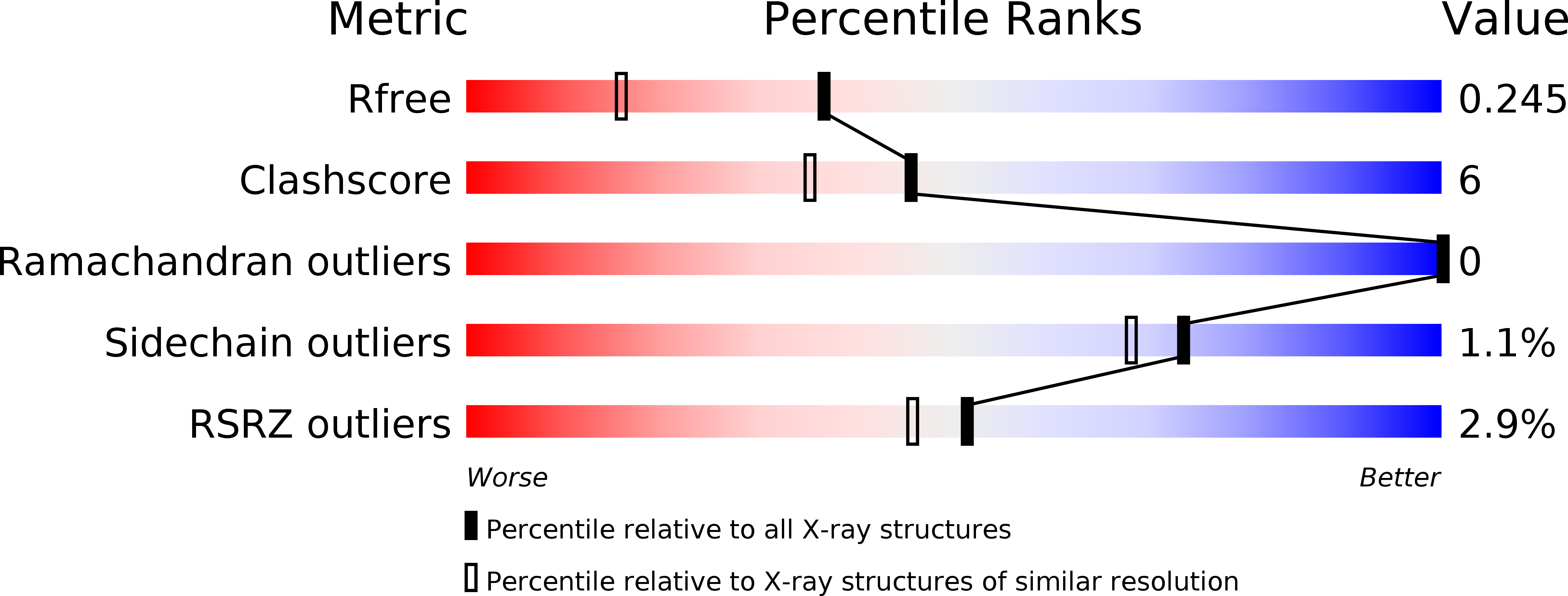
Deposition Date
2004-11-26
Release Date
2004-12-08
Last Version Date
2024-11-13
Entry Detail
PDB ID:
2BEN
Keywords:
Title:
Crystal structure of the Serratia marcescens chitin-binding protein CBP21 Y54A mutant.
Biological Source:
Source Organism:
SERRATIA MARCESCENS (Taxon ID: 615)
Host Organism:
Method Details:
Experimental Method:
Resolution:
1.80 Å
R-Value Free:
0.25
R-Value Work:
0.21
R-Value Observed:
0.21
Space Group:
P 32 2 1


